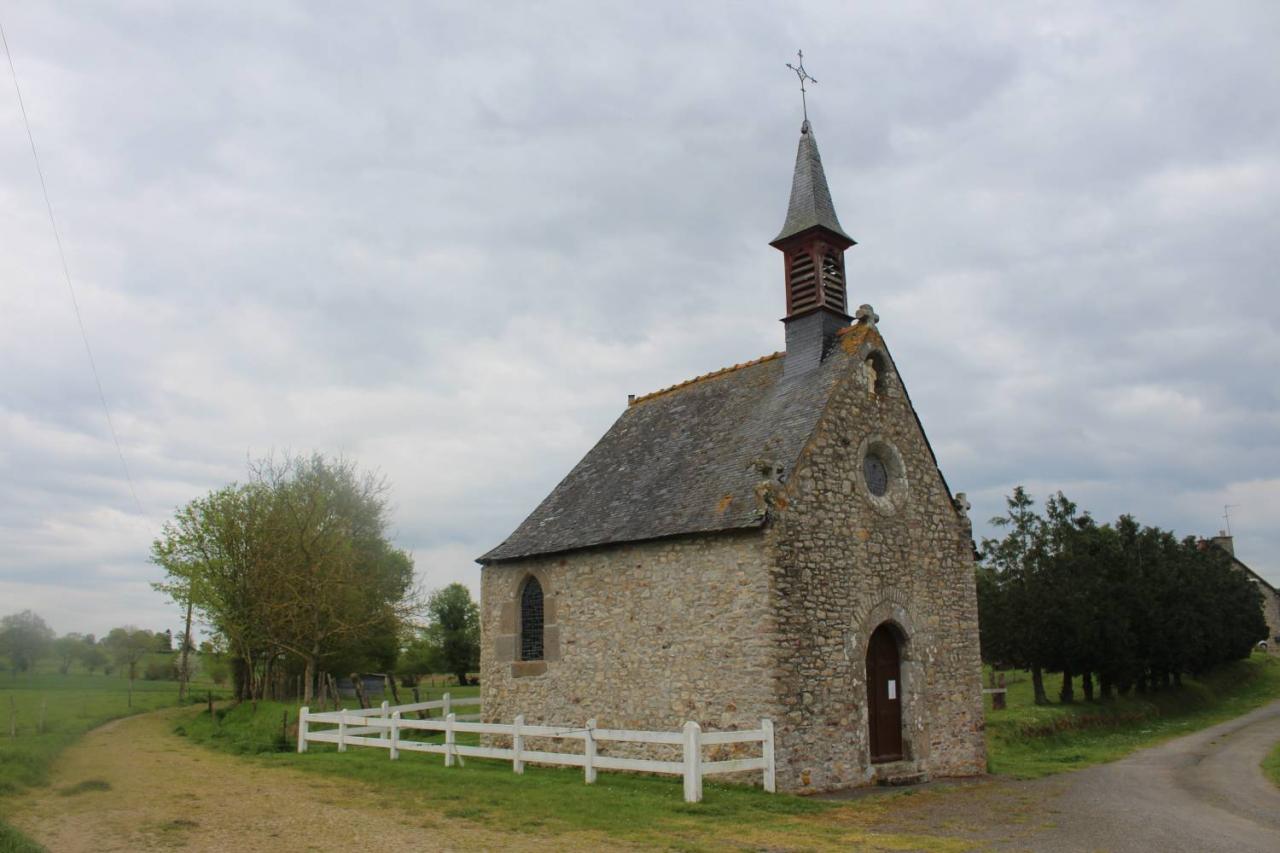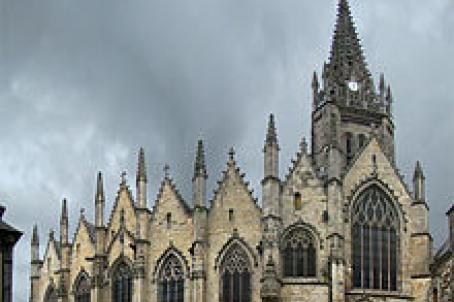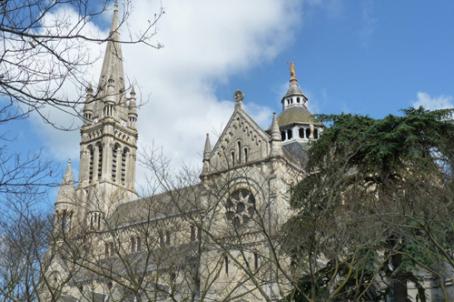Chapel Sainte-Anne de la Chevalerie
The Sainte-Anne de la Chevalerie chapel is located in Livré-sur-Changeon, in Brittany. It dates from the seventeenth century and was founded by Jeanne du Feu, lady of the Knights. Originally, it was the chapel of the Manor of La Chevalerie; it became "frairienne" as early as the 18th century. In 1878, the building was remodeled in Gothic Revival style: a bell tower was added and the choir was modified to introduce a skylight.
About this building
The Sainte-Anne de la Chevalerie chapel is located in Livré-sur-Changeon, in Brittany. It dates from the seventeenth century and was founded by Jeanne du Feu, lady of the Knights. Originally, it was the chapel of the Manor of La Chevalerie but it became "frairienne" in the 18th century.
In 1878, the building was remodeled in Gothic Revival style: a bell tower was added and the choir was modified to introduce a skylight. Ancient statues (Saint Anne, Saint Joseph and the Virgin), dating from the origins of the chapel, are currently preserved in the Romanesque church of Livré-sur-Changeon, after having been restored.






